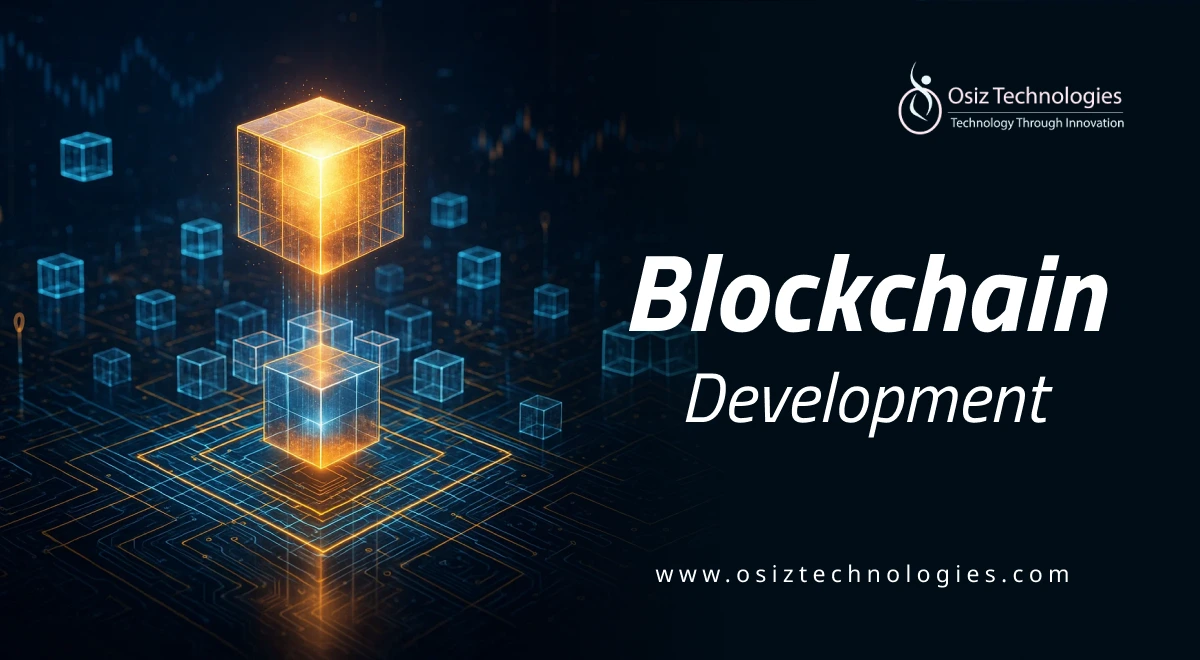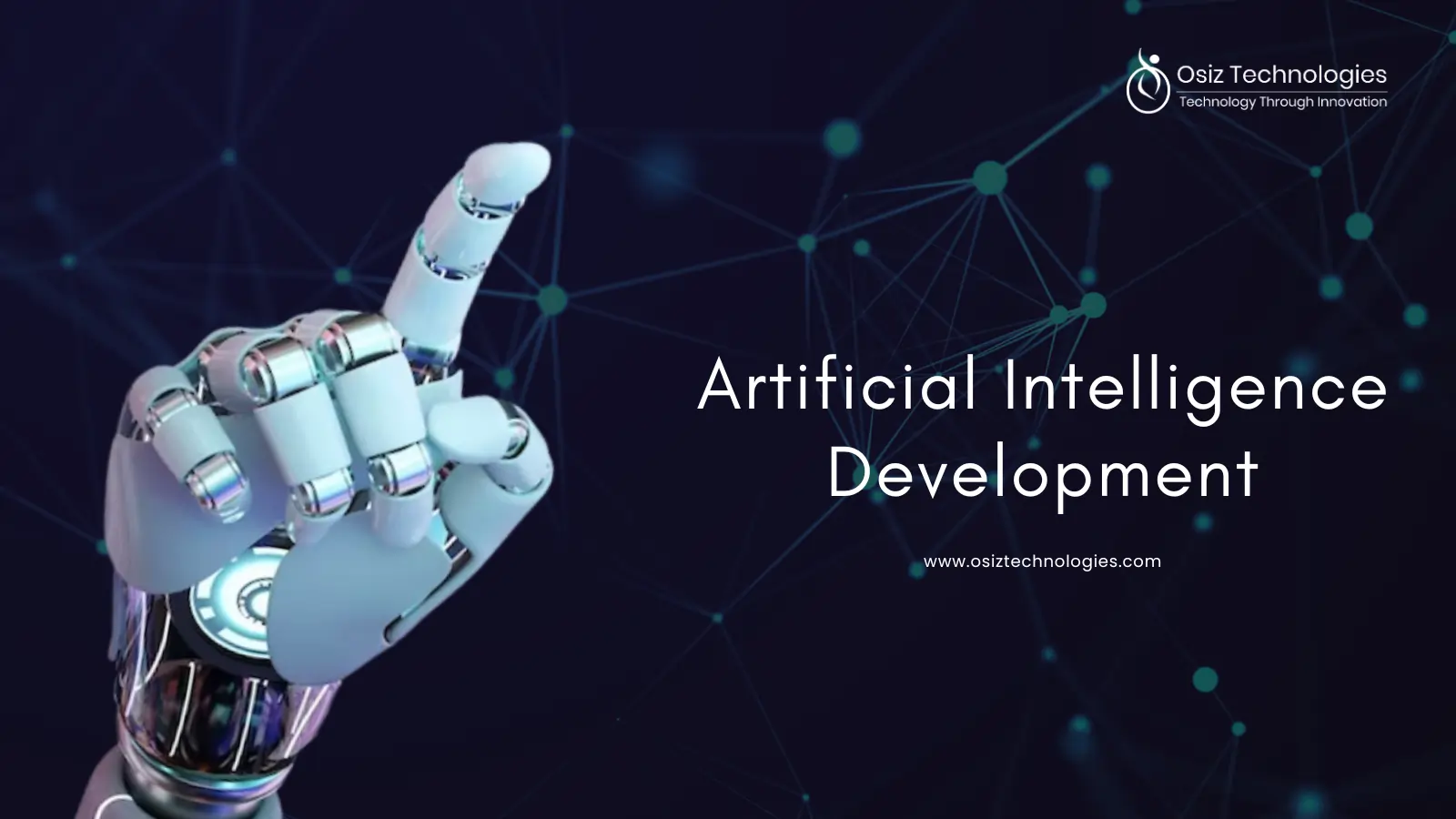In today's digital landscape, blockchain technology is revolutionizing various industries, creating an increasing demand for skilled blockchain developers. If you're curious about how to become a blockchain developer with no prior experience, you're in the right place. This guide will walk you through the essential steps, resources, and tools needed to kickstart your journey in blockchain development. Whether you're a complete beginner or someone looking to pivot your career, this roadmap will provide clarity on your path ahead.
Understanding Blockchain Technology
Before diving into the development aspect, it's crucial to grasp what blockchain technology entails. At its core, blockchain is a decentralized ledger that records transactions across many computers so that the registered transactions cannot be altered retroactively. This transparency and security make it a popular choice for various applications, from cryptocurrencies to supply chain management.
Why Choose a Career in Blockchain Development?
With the rapid growth of blockchain technology, the demand for developers is skyrocketing. Here are a few compelling reasons to consider a career in this field:
- High Demand: Companies are actively seeking blockchain developers to implement and manage their blockchain solutions.
- Lucrative Salaries: The average salary for blockchain developers is significantly higher than many other tech roles.
- Innovative Field: Working in blockchain allows you to be at the forefront of technological advancements.
Step 1: Learn the Basics of Programming
If you're starting from scratch, your first step should be to learn programming fundamentals. JavaScript is highly recommended as it is widely used in blockchain development. Online platforms like Codecademy and freeCodeCamp offer excellent resources for beginners.
Step 2: Familiarize Yourself with Blockchain Concepts
Understanding the core concepts of blockchain is vital. Key topics include:
- Decentralization
- Consensus Mechanisms (Proof of Work, Proof of Stake)
- Smart Contracts
- Cryptography
Resources like Dapp University provide comprehensive tutorials to help you grasp these concepts.
Step 3: Choose a Blockchain Platform
Different blockchain platforms serve various purposes. Ethereum, for instance, is popular for smart contract development, while Hyperledger is often used in enterprise solutions. Research each platform's strengths and weaknesses to determine which aligns with your interests.
Step 4: Learn Smart Contract Development
Smart contracts are self-executing contracts with the terms of the agreement directly written into code. Solidity is the primary language for writing smart contracts on the Ethereum platform. You can find many Solidity tutorials online to help you get started.
Step 5: Explore Blockchain Development Tools
Familiarize yourself with essential tools that aid blockchain development:
- Remix IDE: A powerful tool for writing, testing, and deploying smart contracts.
- Truffle Framework: A development environment and testing framework for Ethereum.
- Hardhat: A flexible framework for building Ethereum applications.
Understanding the differences between Hardhat and Truffle can help you choose the right tool for your projects.
Step 6: Build Your First Decentralized Application (DApp)
Start small by building a simple DApp. This hands-on experience will solidify your understanding and give you practical skills. Follow tutorials that guide you through the process of creating your first DApp, and don't hesitate to experiment with your ideas.
Step 7: Join Blockchain Communities
Engaging with the blockchain community is invaluable. Platforms like GitHub, Stack Overflow, and various Discord servers can provide support, feedback, and networking opportunities. Participating in hackathons and meetups can also enhance your learning experience.
Step 8: Keep Learning and Stay Updated
The blockchain field is ever-evolving. Continuous learning is essential. Follow industry news, subscribe to blockchain-related podcasts, and take advanced courses to stay updated with the latest trends and technologies.
Step 9: Build a Portfolio
As you gain experience, start building a portfolio showcasing your projects. Include descriptions, technologies used, and links to your GitHub repositories. A strong portfolio can significantly enhance your job prospects.
Step 10: Apply for Jobs and Internships
Finally, start applying for positions. Look for internships or entry-level roles that allow you to gain experience in a professional setting. Tailor your resume to highlight your skills and projects, and prepare for technical interviews by practicing coding challenges.
Conclusion: Your Blockchain Journey Awaits
Becoming a blockchain developer with no experience is entirely achievable with dedication and the right resources. Follow this roadmap, invest time in learning, and actively engage with the community. As you progress, remember that every expert was once a beginner. Connect with us at Osiz Technologies to explore more about blockchain development and how we can assist you on your journey.
Listen To The Article










